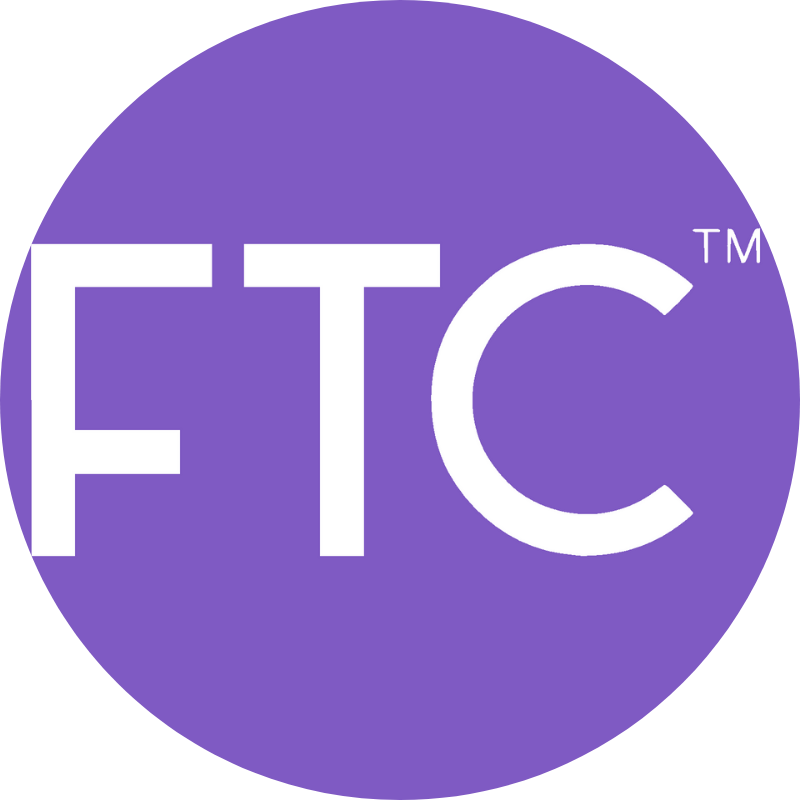Real Feather Quill Pen
Real feather quill pens are ancient writing tools made with real bird flight feathers to write on paper or other surfaces. Their hollow shaft acts as an ink reservoir while their pointed tip (nib) allows users to write.
A slit is cut into the point to hold ink that flows to it through capillary action and adjust it according to each writer’s hand and preferred writing style.
Characteristics
Real feather quill pens are writing tools that use ink to leave marks on paper. Made of large primary flight feathers like goose, swan or turkey (though crow, eagle or owl feathers may also be used), quill pens use capillary action to bring the ink up through their hollow shaft and out into their tip tip tip tip tip tip tip tip tip tip.
Pen nibs require careful maintenance as they can quickly fill with ink. Blotting with paper or cloth regularly will prevent ink buildup on metal parts of the pen and help preserve its integrity; regular sharpening should help this as well.
Quinll pens were once among the most-used writing tools from ancient antiquity through to the 19th century, when steel nibbed pens began gaining favor. Still today, professional scribes and calligraphers employ this writing instrument.
Materials
Quill pens are constructed using two main materials, feather and ink. Goose, turkey or swan feathers tend to produce the best results, typically taken during their molting processes when their strength will be strongest.
Quill pens provide more satisfying writing experiences than other ancient writing utensils such as clay tablets, wax and reed pens due to the unique calamus on each feather that serves as an ink reservoir – this allows ink to seep into its tip via capillary action and make quill writing even more pleasurable!
Before using a feather as a nib, it must first be cleaned to ensure it is free of bacteria. Furthermore, long barbs must be cut away from its shaft in order to properly balance out its shape.
Techniques
Feather quill pens are constructed by cutting the end of a feather into a point or “nib” with a small slit to store ink. Goose, swan or turkey feathers are commonly used, although other feather sources like those from crows, owls or hawks may be employed as well.
Start by soaking your feather overnight, which will soften it so that it bends more easily. Next, cut straight across its tip – taking care to ensure all cuts go through completely!
Reshaping the tines of a nib into a pointed, calligraphy style tip can be challenging due to the feather being so strong. Test your nib on some paper; depending on its size and writing style it may write 50-150 words before needing redipping.
When using a quill pen, it is important to be mindful that its tip can be sensitive to pressure and may split under excessive force. As such, it would be wise to practice on thicker papers such as construction paper or stationery before writing on conventional paper.
Pricing
From medieval times through to the 19th century, quill pens were the go-to writing tool of choice for professional scribes and calligraphers, used extensively in writing most medieval manuscripts as well as such documents as Declaration of Independence and Magna Carta. Thomas Jefferson even kept geese at Monticello specifically to supply himself with quills; even today these quill pens remain popular writing instruments among professional scribes and calligraphers and serve as political symbols when used together with hammers symbolising work force.
Online stores typically sell feather quill pen sets complete with bottles of ink; however, I recommend finding your own source for feathers to create your own quill pen instead of purchasing premade ones. You may find bamboo or reed dip pens at similar prices; however they tend to feel inferior as their reeds usually don’t provide as thick of reeds and you won’t enjoy creating your own nib. Using quill pens for calligraphy requires creating your own quill nib and giving yourself satisfaction from making something completely custom made just for yourself – creating your own quill pen makes perfect.



